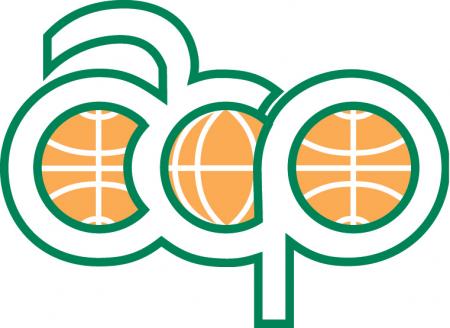
Traditional Ecological Knowledge (TEK) is lost due to the increase of urbanisation, and the lack of transfer of this knowledge to younger generations. Aims. The aim of this study was to examine the TEK of the Koiari Indigenous People of Central Province, Papua New Guinea (PNG) concerning the Vanate (Paradisaea raggiana), which is the national bird of PNG. Methods. We used the mixed methods research methodology, specifically the convergent parallel mixed method design with a questionnaire. Forty eight interviews were conducted with respondents aged 17–83 years of age, from the villages of Ioribaiwa, Agulogo, Manari, and Efogi along the Kokoda Track. We collected information on the birds’ language name, habitat, abundance, and conservation status. Results. There was high linguistic diversity in names used for Birds of Paradise (BOPs). The common generic name for ‘bird’ is Ugu, and for the Paradisaea raggiana, it is the Vanate. Ten species of BOPs were reported by respondents to occur in the area. Respondents identified lowland wet and lower montane wet forests as habitats for the Vanate. In terms of conservation status, most locals (52%) said the Vanate was hunted opportunistically. Most respondents (40%) stated that the Vanate was increasing in abundance due to a reduction in disturbance, and less hunting. Conclusion. The Akaike Information Criterion (AIC) value showed that the most parsimonious model for Vanate abundance was locals who hunt and type of weapons (traditional) are the most parsimonious predictors of predicted abundance of the Vanate.












